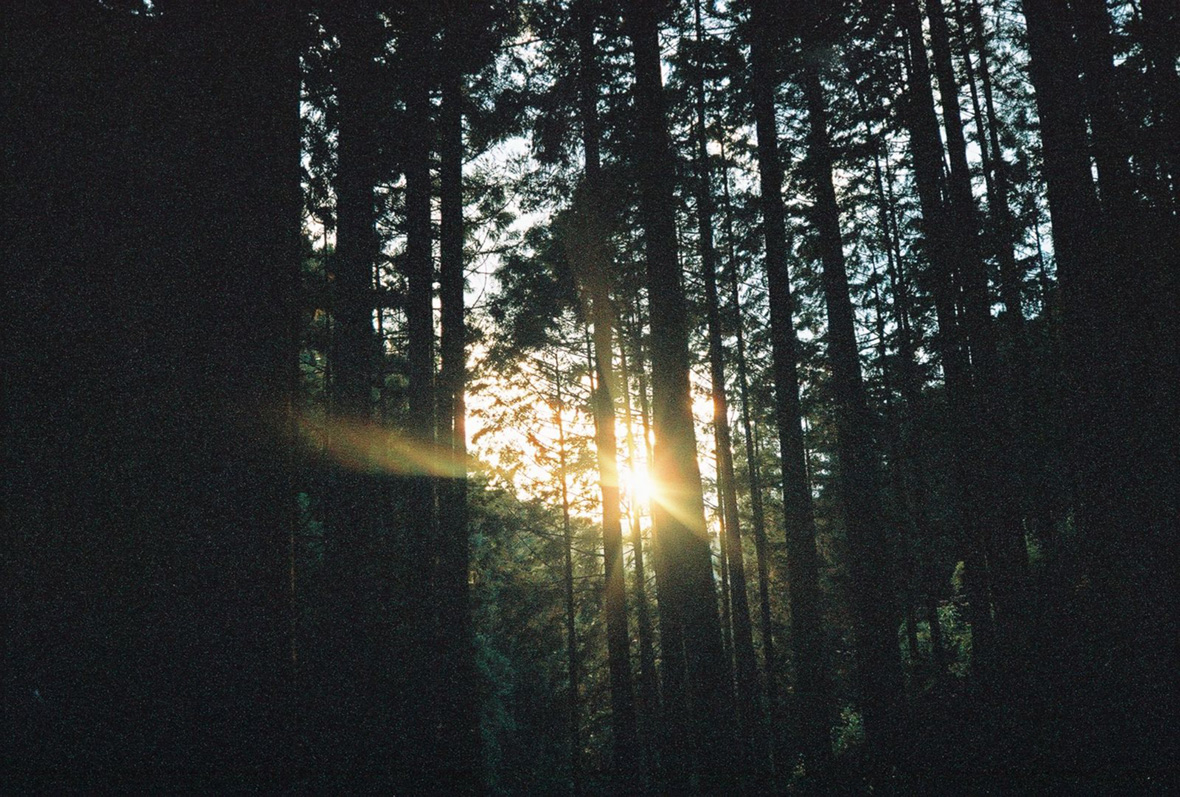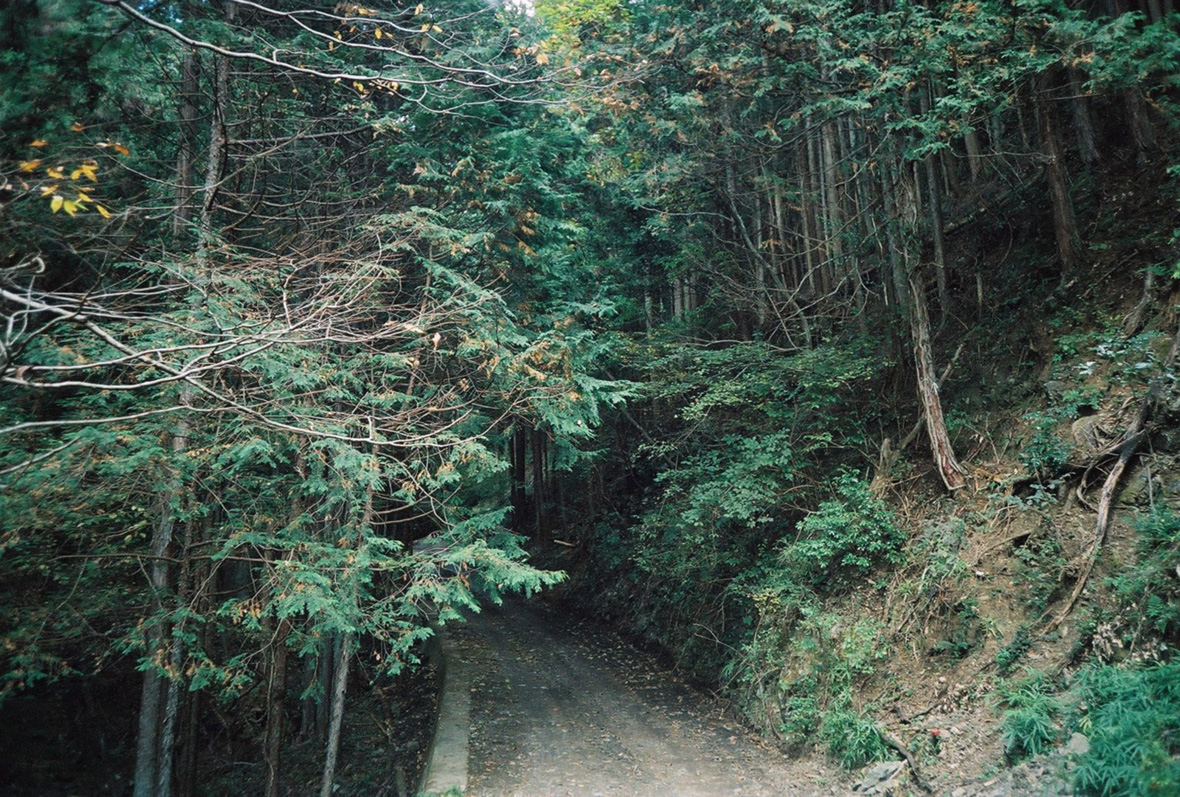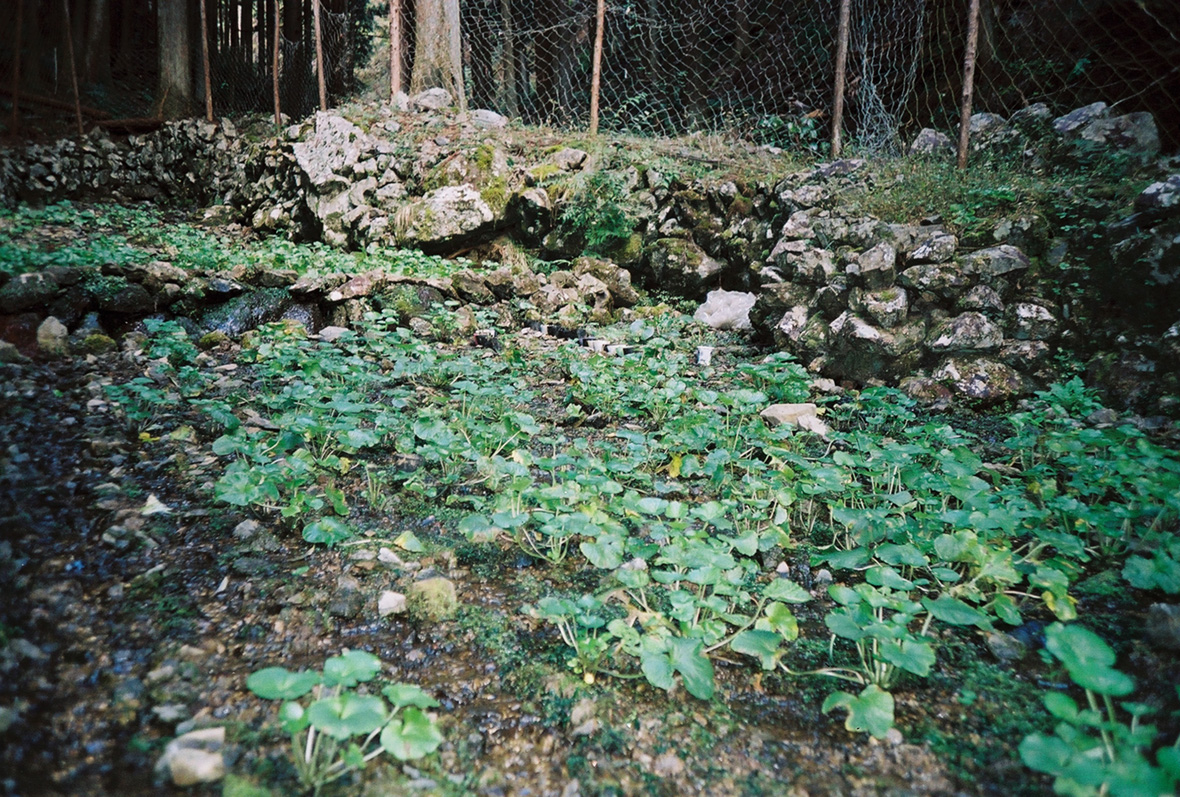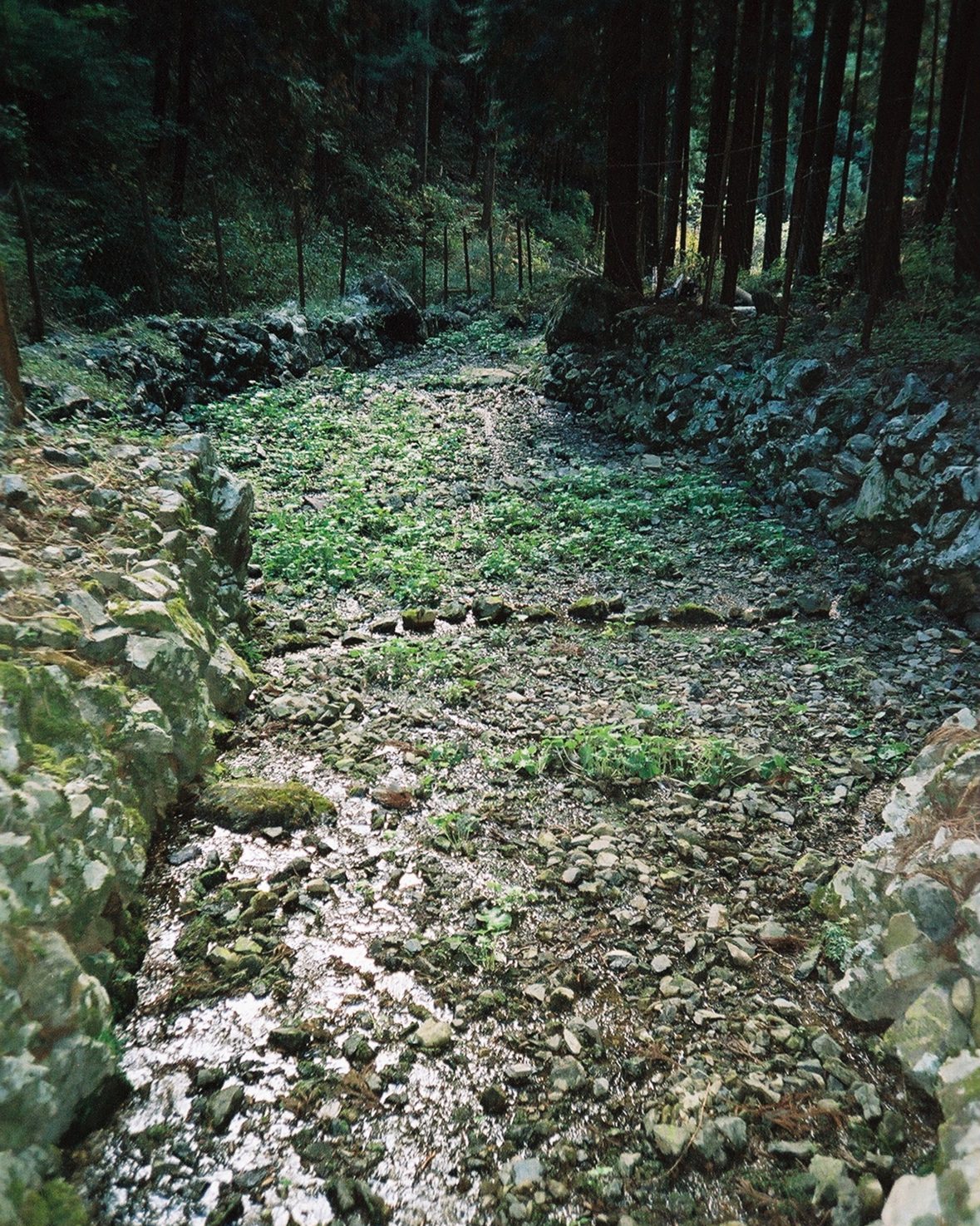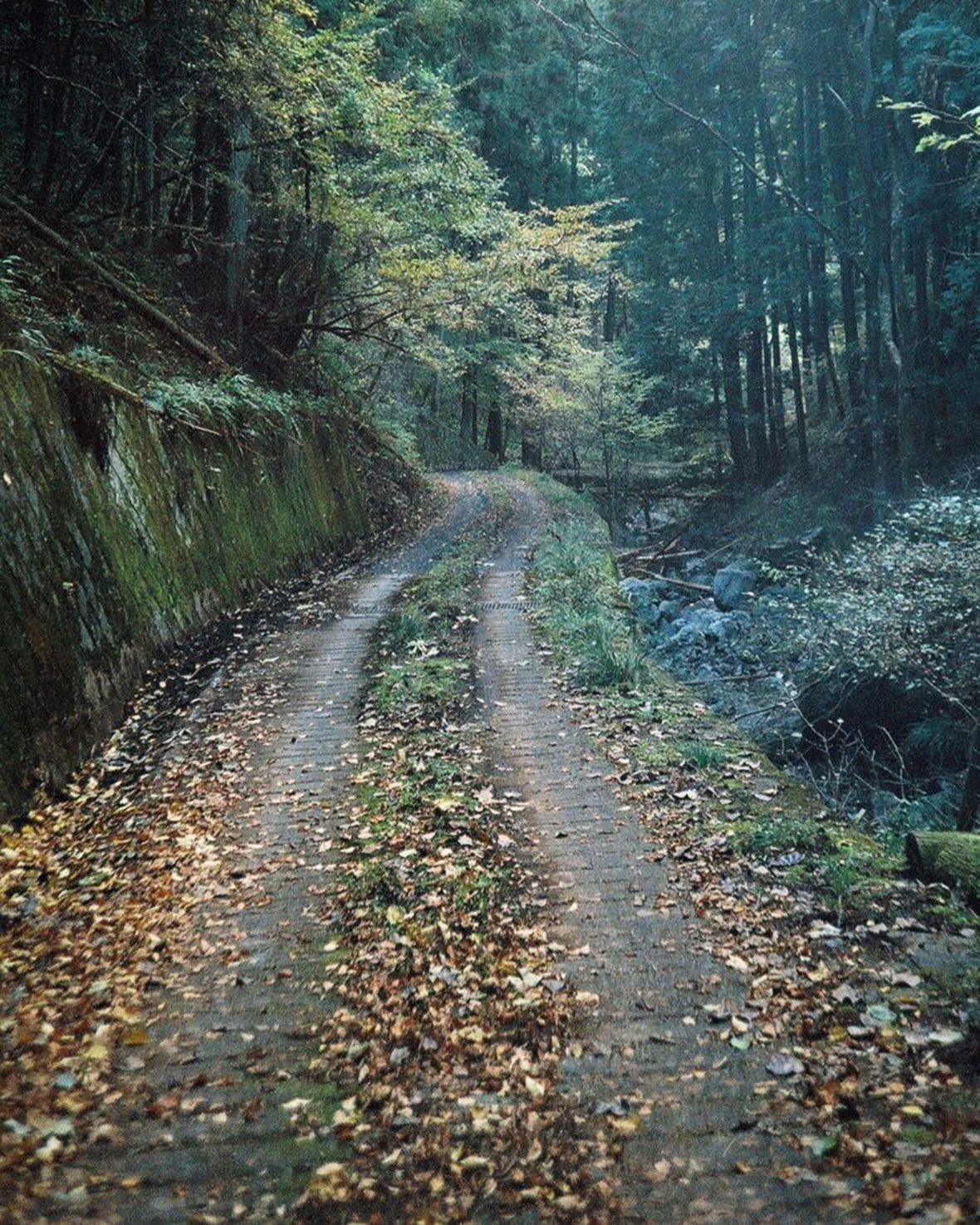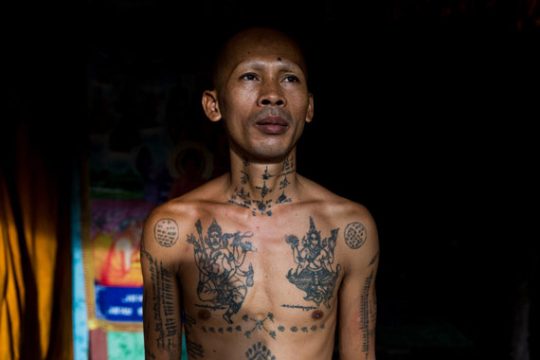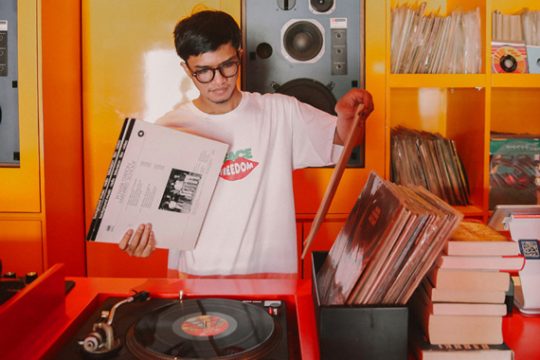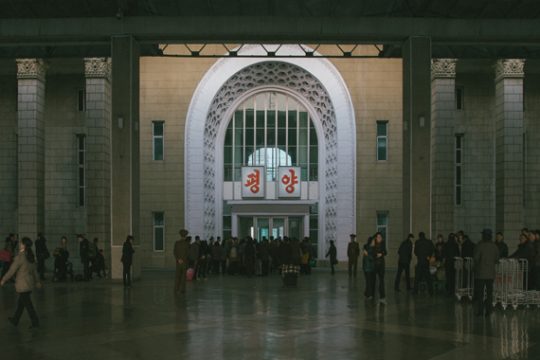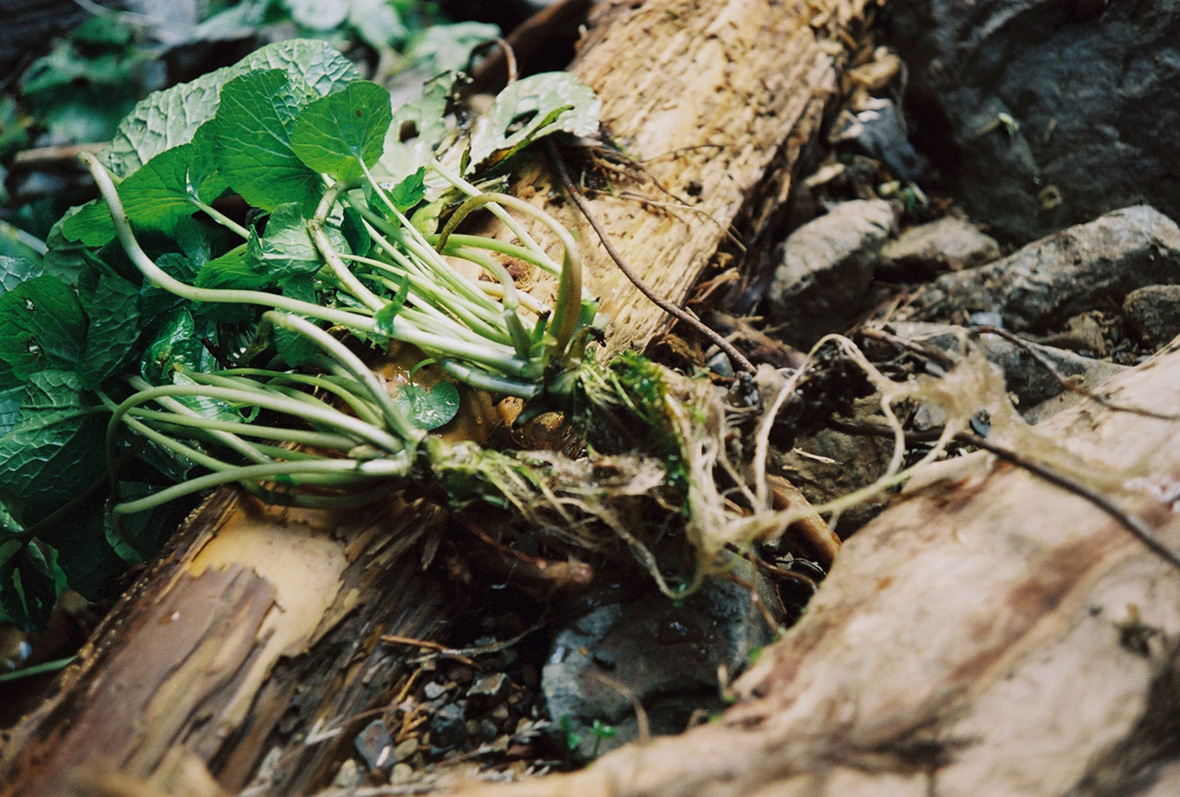
This story is part of a content partnership and media exchange between Neocha and MAEKAN. To see more of MAEKAN’s content on Neocha, click here.
Around 90 minutes outside of the Tokyo metropolis, nestled deep within the mountains near Kawai, Okutama, are the wasabi plantations cared for by David Hulme. Hulme, an Australian who now permanently resides in Japan, is an avid mountaineer who discovered abandoned wasabi fields while hiking in the area. His curiosity led him to conduct further research into the culture of wasabi, and he was eventually drawn to the local forest, which was once home to a prominent sugi (Japanese cedar) and hinoki (Japanese cypress) timber industry. The timber industry intentionally introduced the non-native sugi and hinoki for their wood, but this spelled ecological disaster for local species, which were decimated in making way for them.
本篇文章来自新茶媒体合作伙伴 MAEKAN 的内容交换。在 Neocha 上阅读更多 MAEKAN 的文章,请 点击此处。
离东京都约 90 分钟车程,在奥多摩町附近的深山之中,盘踞着 David Hulme 悉心照料的山葵种植园。定居日本 David 其实是澳大利亚人,他是一个狂热登山爱好者,在附近地区的一次徒步旅行时,David 发现这处荒废的山葵田。好奇心促使他进一步研究起了山葵植物文化,并且为当地林区而吸引常驻——这片森林曾是日本雪松和日本柏木的伐木场。虽然非本地物种的柳杉和丝柏才是伐木对象,但这依然是场生态灾难,当地的物种在为其他树木开路让位的过程中,也遭到了破坏。
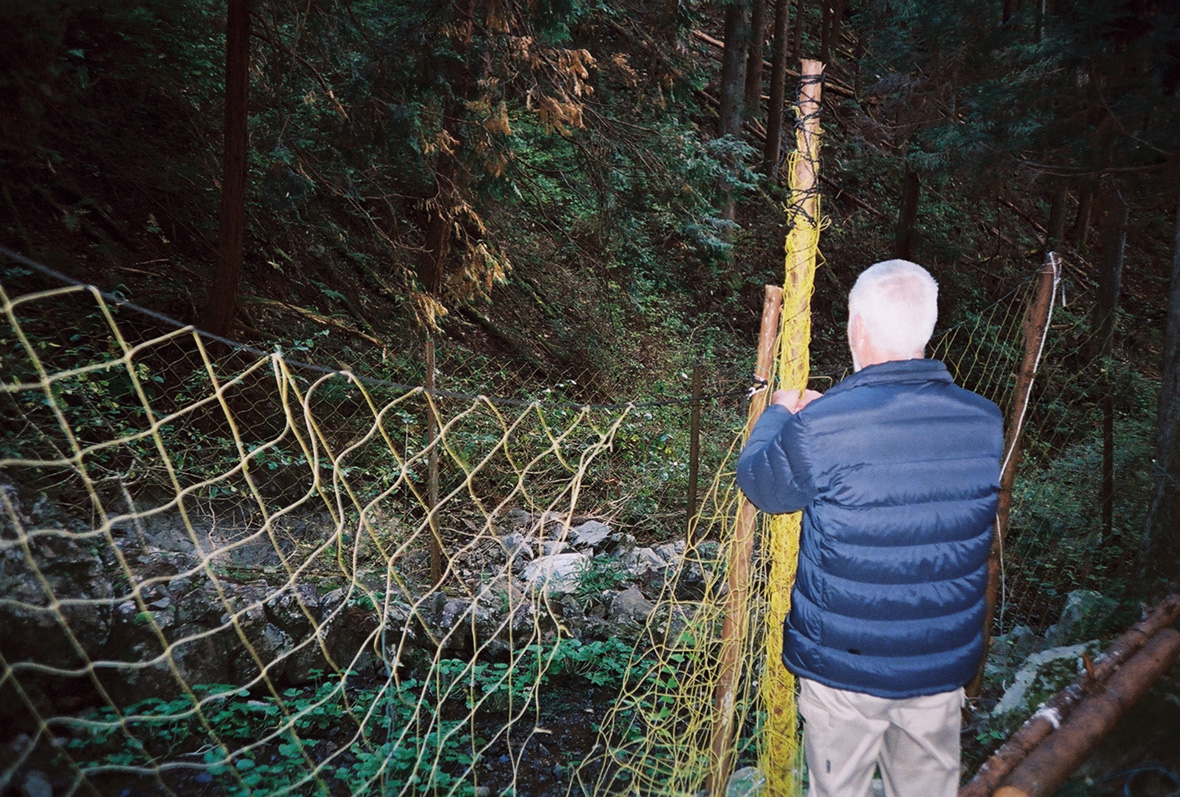
Wasabi (Wasabia Japonica) is a plant in the same family as horseradish and mustard. Real wasabi grows naturally along freshwater streams in Japanese mountain valleys and is rarely found outside of Japan. Notorious for needing very specific growing conditions—a constant stream of fresh water, indirect sunlight only, cool air temperatures (8°C – 20°C), and high humidity in the summer—it’s not exaggerating to say that wasabi is a plant that needs pampering.
山葵(又叫山嵛菜)是一种与辣根和芥末同科的植物。山葵自然生长在日本山谷的淡水溪流中,很少生长在日本以外的地方。它以需要非常特殊的生长条件而著称——持续不断的泉水、间接照射的太阳光、较为阴凉的气温(8°C– 20°C)和夏季的高湿度环境。“山葵是一种需要呵护的植物,这毫不夸张。”
Wasabi takes close to two years to reach maturity. The slow growth and restrictive requirements means that the supply of wasabi almost never satisfies commercial demand. In addition, the distribution system keeps consumer costs high and producer returns very low, with middlemen taking all the profit. Purchased directly from the grower, a 50-gram wasabi stem should cost around ¥500. But at high-end restaurants, a 50-gram wasabi stem costs up to ¥1000.
山葵需要经过近两年生长期才能完全成熟。它们的成长速度和所需的生长环境意味着它在市场上完全供不应求。除此之外,产业链上还存在着一种分配制度,它让消费者需要花费很高的价格,但生产种植者的回报却很低,中间商则从中获取所有的利润。比如,从种植者直接面向消费者的山葵干价格,应为 50g/500 日元。但是在特殊的餐馆和高档餐馆,50g 的价格可能高达 1000 日元。
Because of its prohibitive cost, the “wasabi” typically encountered outside of Japan is a substitute mixture of mustard, horseradish, traces of powdered wasabi, and green food coloring, a combination commonly referred to as seiyo wasabi (Western wasabi). The recipe leads to that signature fiery feeling in the nose that is almost sinus-clearing. True wasabi is aromatic with a gentle heat and is widely believed to have anti-microbial and anti-inflammatory effects.
由于价格高得令人望而却步,在日本以外的国家,人们常见的蘸料是芥末、辣根、山葵粉和食用色素的替代品——这种组合通常被称为“芥末”(西芥末)。这个配方意味着,它会让你的鼻腔充满辛辣感,提神醒脑。但真正的山葵酱是芳香的,性温热,具有抗菌和消炎作用。
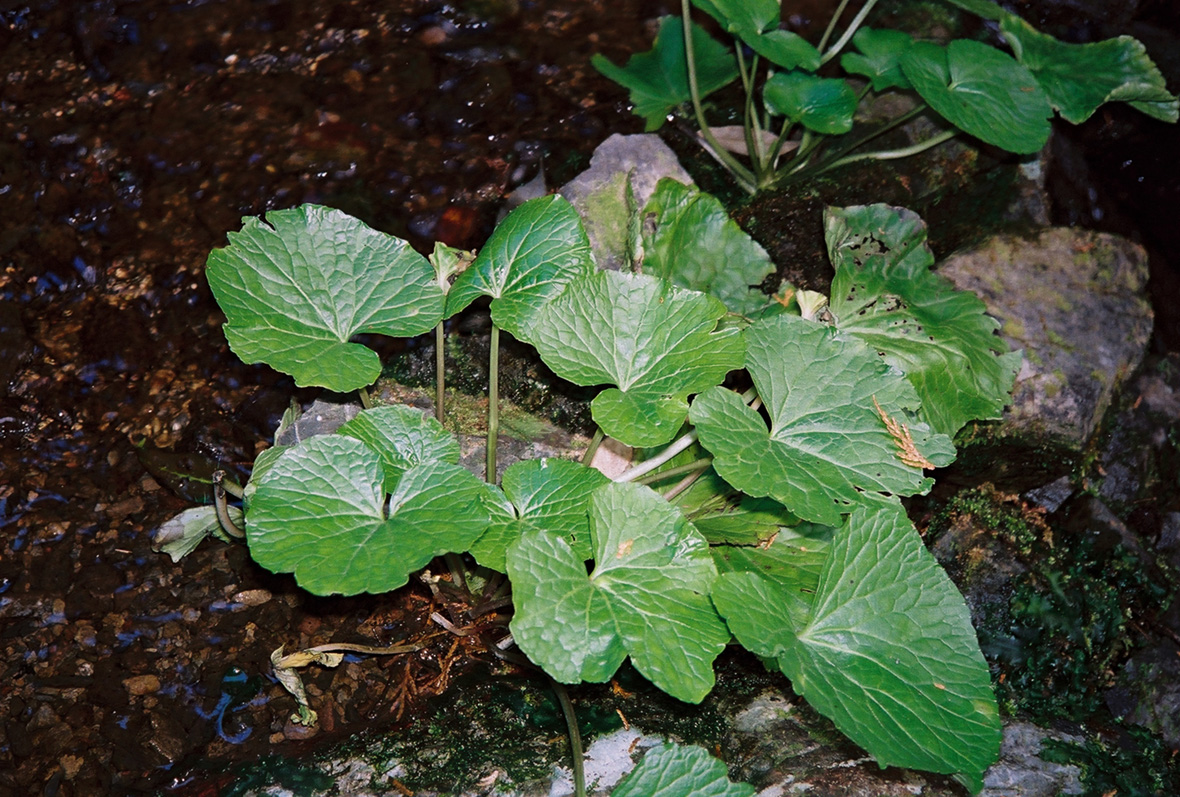
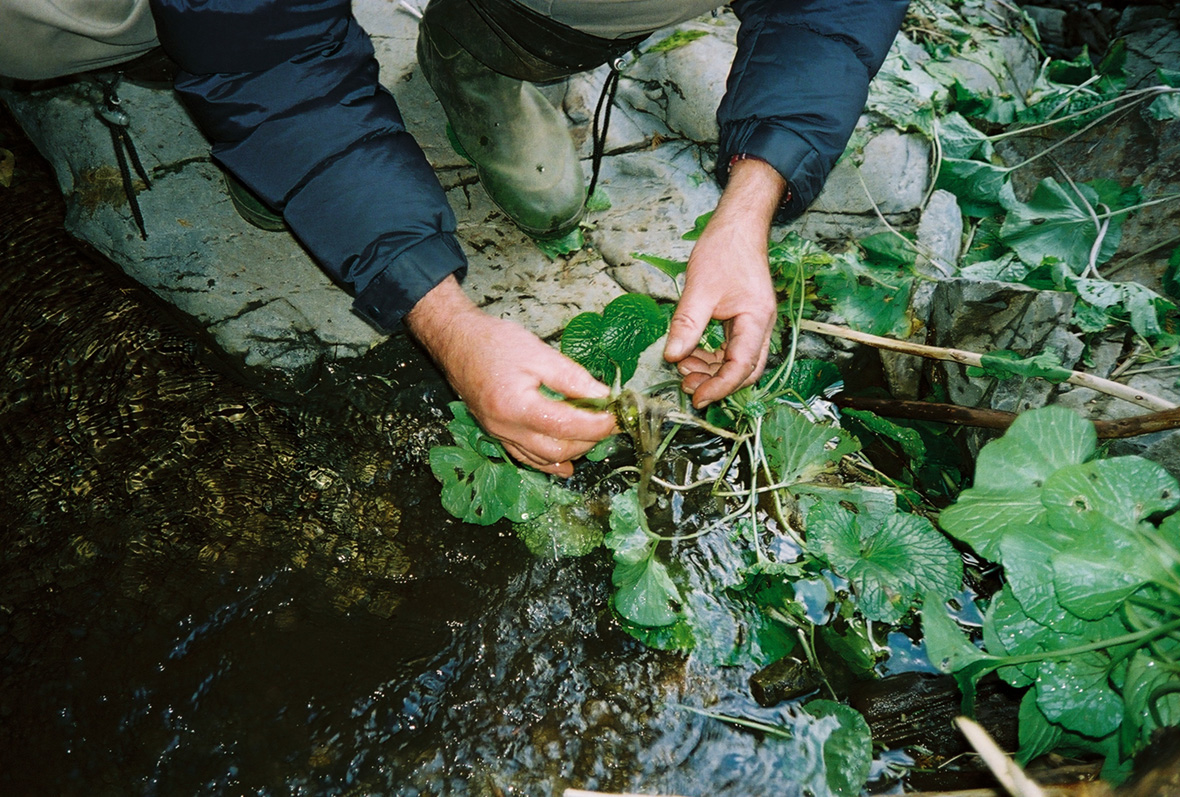
Hulme now leads tours for those curious to learn about the cultivation of the prized plant. He hopes that through his wasabi growing efforts, he can bring awareness of the local area to help his true cause—repairing the forest and reversing the damage caused by the collapse of the timber industry, which left the forest in a sorry state, covered with sugi, hinoki, and other species that have crowded out the native trees and bushes.
现在,David 会带领游客去了解这种珍贵植物的栽培和价值所在。他希望通过他的山葵种植,可以提高当地人民的意识,以帮助他修复森林的大业,来扭转木材业崩溃所造成的破坏。因为木材业的崩溃,森林变得杂乱无章,非本地物种蔓延,比如刚才提到的柳杉和丝柏,这些物种造成了环境和经济上的破坏。
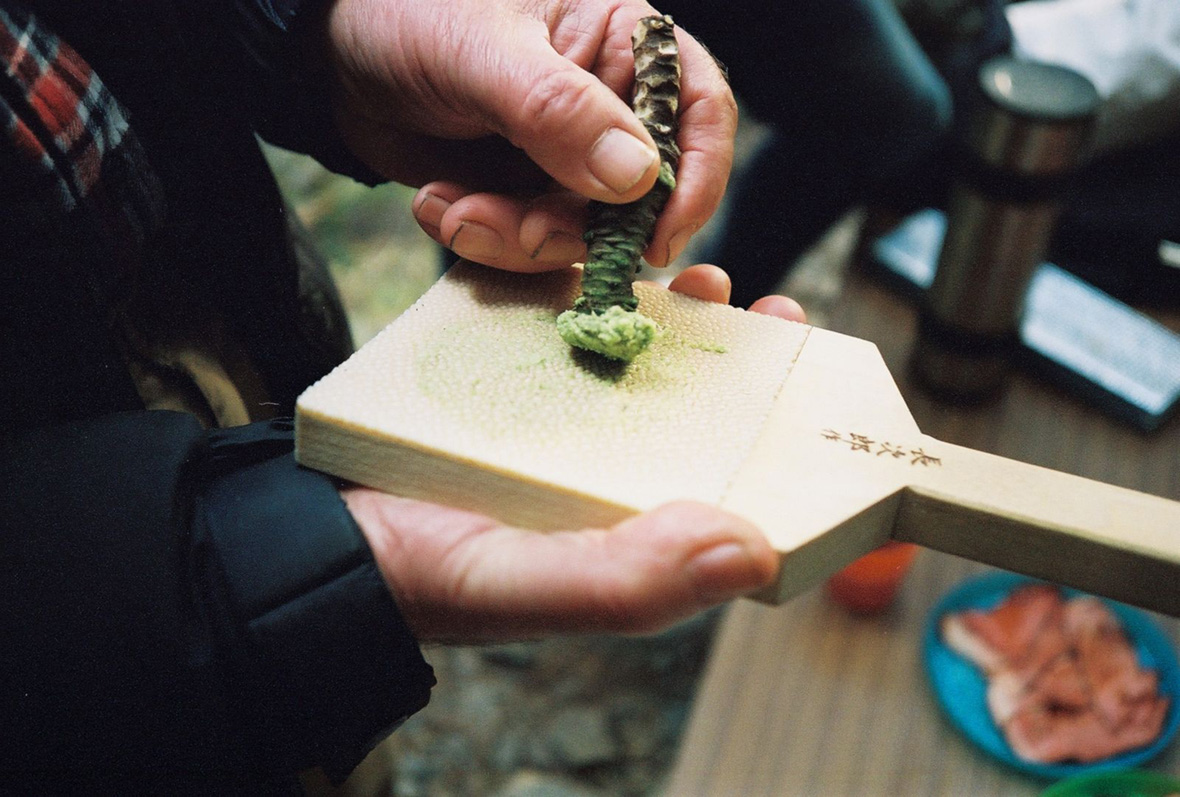
Hulme’s vision is to create a new, modern forestry industry based on native timbers. In caring for his wasabi plantations and teaching anyone eager to learn about the well-known condiment, he encourages a deeper understanding of nature and Japanese culinary culture. And along the way, he’s saving a forest.
David 的愿景是创建一个源于当地物种的现代林业。在他照料山葵种植园、给那些渴望了解山葵酱的人以讲解的过程中,他鼓励大家加深对自然和日本烹饪文化的了解,并以此,拯救整片森林。
